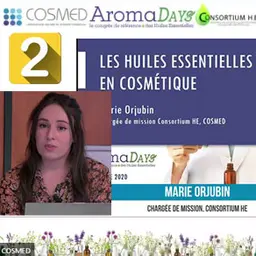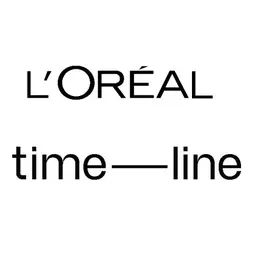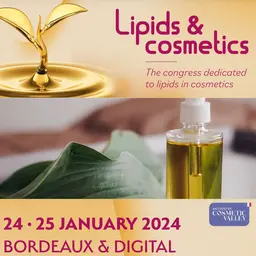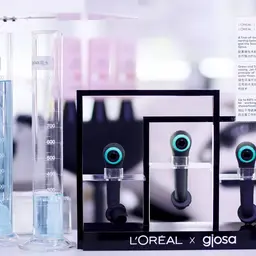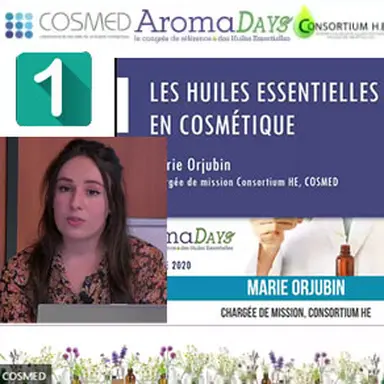
During Aromadays, a congress dedicated to essential oils organised by Cosmed, Marie Orjubin, project manager of the Essential Oils consortium, presented a very precise overview of the regulations applicable to essential oils used in cosmetic products. Prohibitions, restrictions, specifications… Before going through the different recommendations or self-regulation codes, she started by detailing the rules laid down by the Cosmetics Regulation 1223/2009.
There are three main advantages to using essential oils in cosmetics, Marie Orjubin first recalled:
• As active ingredients or fragrances, they make it possible to bring more naturalness to finished products, which is in line with consumer expectations
• They are experiencing renewed interest in the current epidemic context, aromatherapy being an ever-growing sector
• They have recognised properties and benefits that are easy to implement in a formula
However, their use is also constrained by regulations: some are prohibited for cosmetic use, others are restricted because of their potential toxicity or subject to very precise conditions of use.
The Cosmetics Regulation 1223/2009 does not lay down specific provisions for plants, plant extracts or essential oils: they are therefore ingredients like any other and subject to the same requirements for their integration into formulas.
Identify your essential oil
Before developing a product containing an essential oil, you must first check that its use is authorised,“ Marie Orjubin advised.
The CosIng
The European Glossary of Cosmetic Ingredients, the CosIng, includes all substances and ingredients that can be used. This is where you first have to look for the name of the essential oil that you wish to include in …

